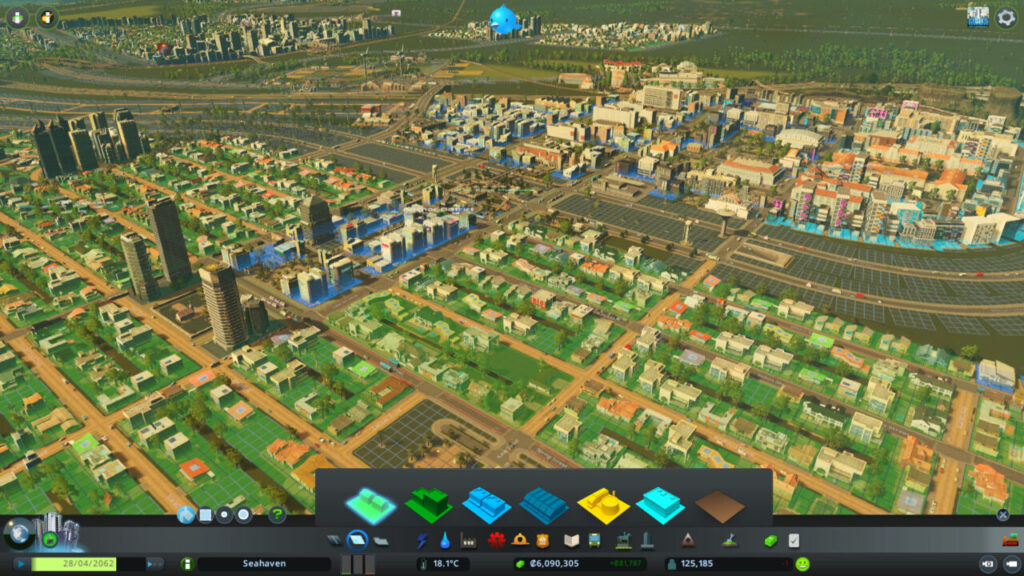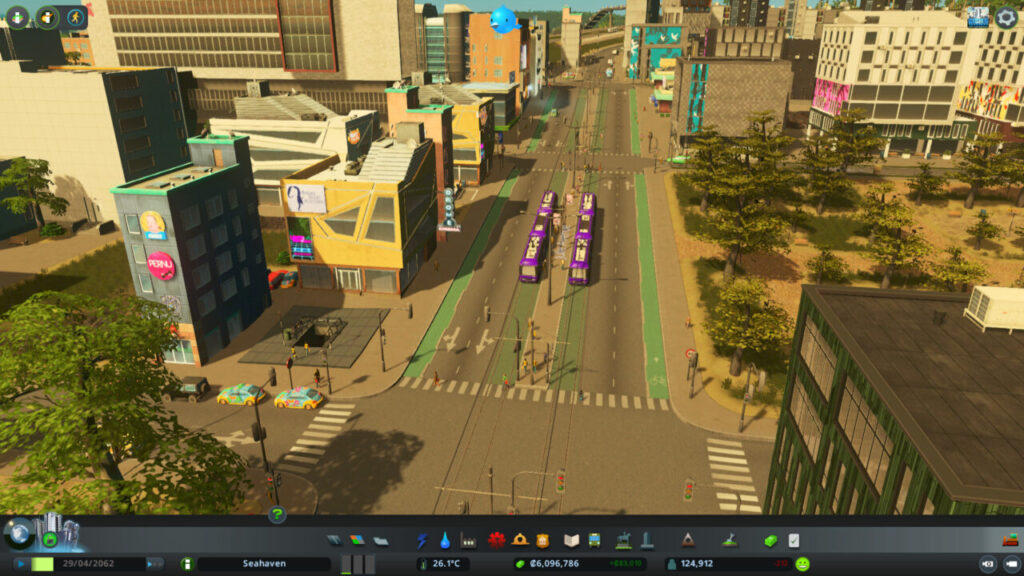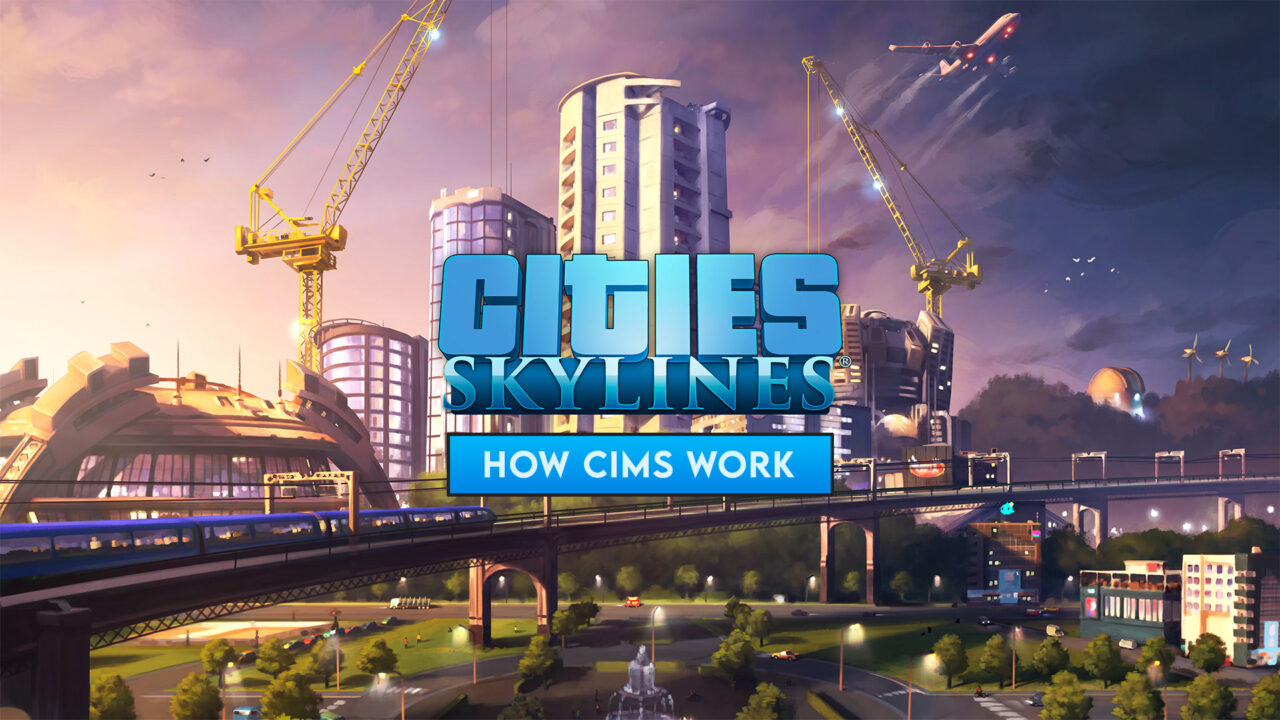Your citizens, also called Cims, are the beating heart of every city in Cities Skylines. Keeping your Cims satisfied is pivotal to making your city thrive. But how do Cims work? In this comprehensive guide, we’ll help you understand how Cims work and explore the essential aspects of managing your Cims. Get ready to master the intricacies of your Cims to create the perfect city in Cities: Skylines!
What Are Cims in Cities: Skylines?
Cims, short for citizens, are the inhabitants of your city in Cities: Skylines. They are the lifeblood of your metropolis, working, living, and consuming resources. Each Cim has individual needs and desires, which, when met, contribute to the overall happiness and prosperity of your city. Understanding the complex mechanics of Cims is key to creating a flourishing urban utopia.
The Life Cycle of Cims
Cims have a life cycle, starting as children and progressing through various stages such as adults and seniors. Throughout their lives, Cims contribute to the city’s growth by participating in the workforce, attending educational institutions, and using the city’s services. Monitoring and managing the age distribution of your Cims helps maintain a balanced and efficient city.
The life cycle of Cims in Cities: Skylines is an important aspect to consider when managing your city’s population. Cims progress through different life stages, each with its unique characteristics and requirements. Understanding these stages can help you plan and maintain a balanced city.
- Children: Cims begin their life as children, residing in residential zones with their families. At this stage, they do not contribute to the workforce and primarily require access to elementary education. Providing good educational facilities is essential to ensure they grow up to become educated and productive adults.
- Teens: As Cims transition from childhood to their teenage years, they continue to reside with their families. During this phase, Cims need access to high schools, where they receive secondary education.
- Young adults: Upon completion of high school, Cims become young adults and join the workforce. They either pursue higher education at universities or enter the job market, depending on their educational background, availability of universities and city policies. At this stage, Cims begin to leave their family homes, moving into their own residential units, and start forming new households. Ensuring ample job opportunities and housing options is crucial during this phase.
- Adults: As Cims mature, they continue to participate in the workforce, contributing to the city’s economy. Adult Cims might have children of their own, thereby increasing the city’s population. At this stage, they require access to various city services, such as healthcare, police, fire, and transportation, to maintain a high quality of life.
- Seniors: As Cims age, they eventually retire from the workforce, creating a need for younger Cims to fill the vacant job positions. Seniors require more healthcare services, and eventually deathcare.
Housing your Cims in Residential Zones
Cims need places to live, and that’s where residential zones come into play. These zones are essential for accommodating your growing population. There are two types of residential zones in Cities: Skylines:
- Low-density residential zones: Ideal for small houses and low-rise apartments.
- High-density residential zones: Perfect for large apartment buildings and high-rise complexes.
Proper zoning is crucial to maintain a healthy balance between housing supply and demand.

Education of your Cims
Education is a critical aspect of your citizens’ lives in Cities: Skylines. Providing schools, libraries, and universities will help educate your population, making them more employable and contributing to your city’s overall success. As your citizens become more educated, they will require higher-quality jobs, which you can provide through commercial and industrial zoning.
There are three levels of education in Cities: Skylines:
- Elementary school: The foundation of a Cim’s education.
- High school: Provides secondary education and prepares Cims for higher education or the workforce.
- University: Offers tertiary education, producing highly-skilled and specialized workers.
Employment of your Cims
Cims require jobs to earn a living and contribute to the city’s economy. Industrial Zones, Office Zones and Commercial Zones create job opportunities for your Cims at various educational levels. Make sure you create an adequate job opportunities and a balanced mix that reflect the education levels of your Cims to ensure a thriving economy with happy Cims.
Public Services and Infrastructure
Providing adequate public services and infrastructure is key to maintaining a successful city in Cities: Skylines. This includes transportation networks, utilities (water, electricity, and waste management), education, healthcare, police, and fire services. Ensuring that your citizens have easy access to these services will improve their overall happiness and contribute to the growth of your city.

Conclusion
Understanding and managing your Cims in Cities: Skylines is the key to building a successful, thriving metropolis. By addressing their needs for housing, employment, education, and services, you can create a city that is not only beautiful but also efficient and sustainable. Now that you’re equipped with this ultimate guide, it’s time to put your knowledge to the test and build the city of your dreams!







Leave a Reply